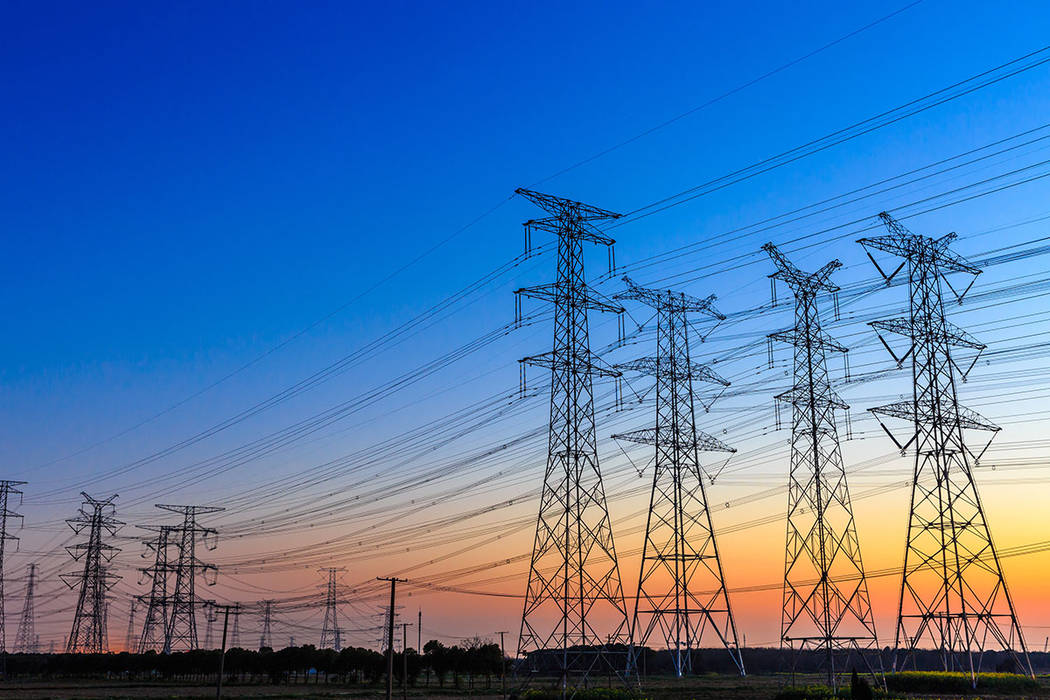Renewable energy measure ahead in Nevada
Nevada voters are favoring taking the first step toward requiring their energy providers to get at least half of their electricity from renewable sources.
At 5 a.m. Wednesday, Question 6 — the Renewable Energy Promotion Initiative — was leading with 59.3 percent of voters (559,186) casting yes votes. Those voting no tallied 40.7 percent (384,394).
If the measure wins, it would return to voters in 2020 for final approval.
Under current law, Nevada must get at least 25 percent of its energy from renewable sources — solar, wind or geothermal. The measure voted on Tuesday would change the benchmark to getting 26 percent from renewables by 2022 and at least 50 percent by 2030.
Proponents of the measure have characterized it as an initiative for cleaner air.
“This reaffirms what we’ve been hearing all along from Nevadans of all political stripes that we need a clean energy strategy for the state,” Nevadans for a Clean Energy Future spokesman Kyle Roerink said late Tuesday.
While there has been no organized opposition to the measure, arguments against passage have called making it an amendment to the Constitution “risky,” and that innovations in renewable energy would occur naturally in a free market.
This is a breaking news story. Check back here for updates.
Contact Richard N. Velotta at rvelotta@reviewjournal.com or 702-477-3893. Follow @RickVelotta on Twitter.























